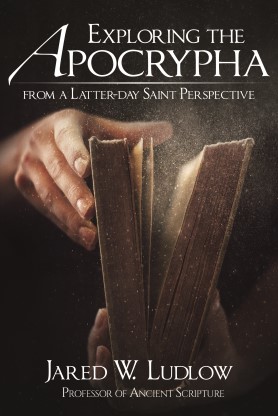Podcast: Download (57.7MB)
Subscribe: RSS
This podcast series features a past FairMormon Conference presentation each month. Please join us for the 2018 FairMormon Conference coming up August 1-3. You can attend in person or purchase the video streaming.
Janiece Johnson, Restoring the Tapestry of the Restoration: Early Mormon Women’s Witness
Transcript available here.
 Janiece Johnson is a transplanted Bay Area, California, native who loves history, design, art, good food, and traveling. She has master’s degrees in American Religious History and Theology from Brigham Young University and Vanderbilt’s Divinity School respectively. She finished her doctoral work at the University of Leicester in England. Janiece has published work on gender and American religious history—specializing in Mormon history and the prosecution for the Mountain Meadows Massacre. She is a co-author of The Witness of Women: First-hand Experiences and Testimonies of the Restoration (Deseret Book, 2016) and general editor of the recently published Mountain Meadows Massacre: Collected Legal Papers (University of Oklahoma Press, 2017). A visiting professor in Religious Education at BYU-Idaho for the last three years, Janiece will begin as a research fellow for the Maxwell Institute’s Laura F. Willes Center for Book of Mormon Studies at BYU this fall.
Janiece Johnson is a transplanted Bay Area, California, native who loves history, design, art, good food, and traveling. She has master’s degrees in American Religious History and Theology from Brigham Young University and Vanderbilt’s Divinity School respectively. She finished her doctoral work at the University of Leicester in England. Janiece has published work on gender and American religious history—specializing in Mormon history and the prosecution for the Mountain Meadows Massacre. She is a co-author of The Witness of Women: First-hand Experiences and Testimonies of the Restoration (Deseret Book, 2016) and general editor of the recently published Mountain Meadows Massacre: Collected Legal Papers (University of Oklahoma Press, 2017). A visiting professor in Religious Education at BYU-Idaho for the last three years, Janiece will begin as a research fellow for the Maxwell Institute’s Laura F. Willes Center for Book of Mormon Studies at BYU this fall.
Audio and Video Copyright © 2017 The Foundation for Apologetic Information and Research, Inc. Any reproduction or transcription of this material without prior express written permission is prohibited.










 A selection from the 2017 book,
A selection from the 2017 book,


